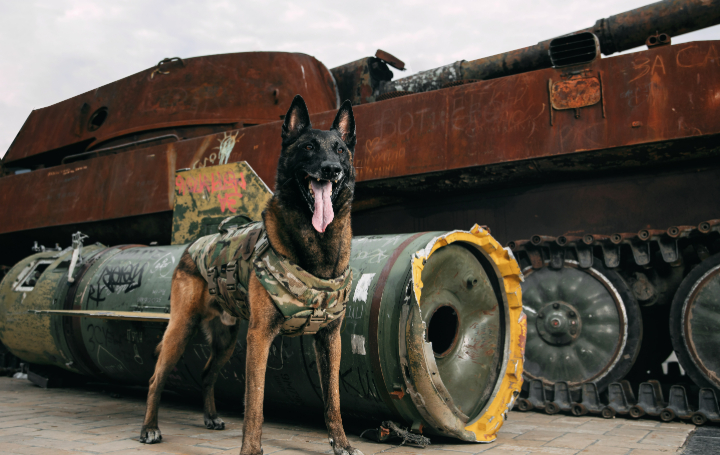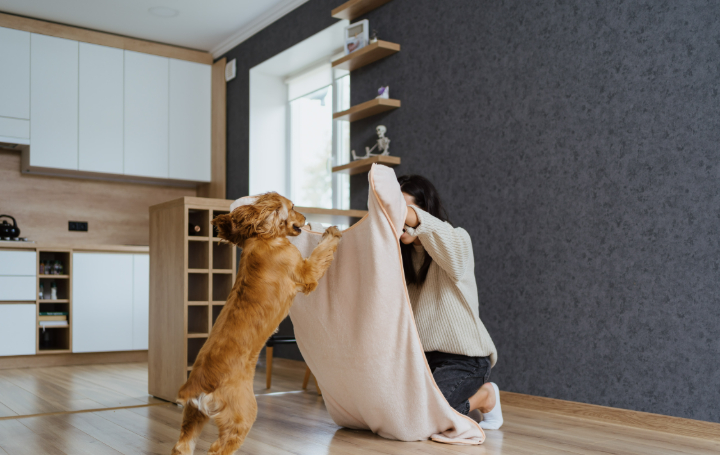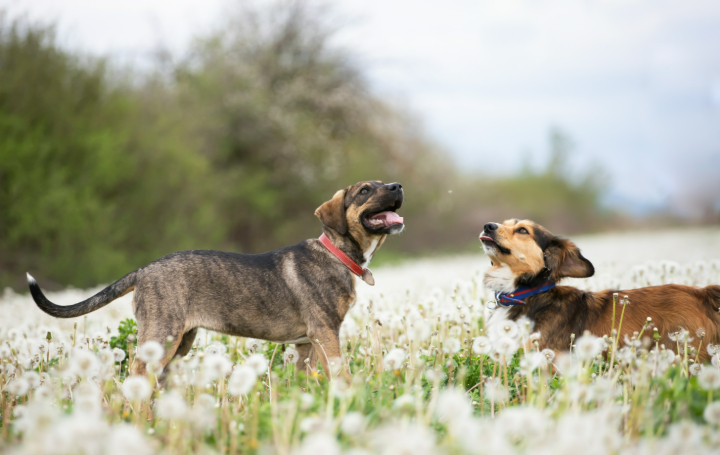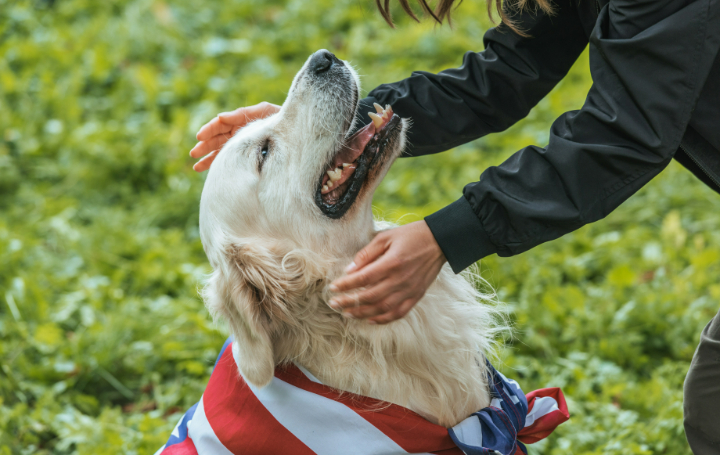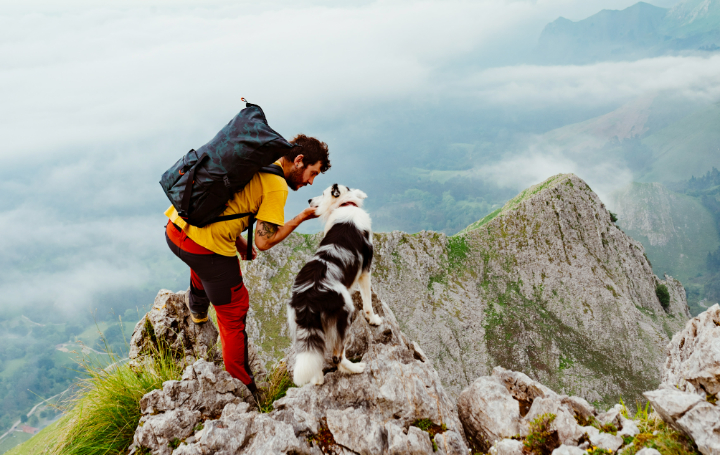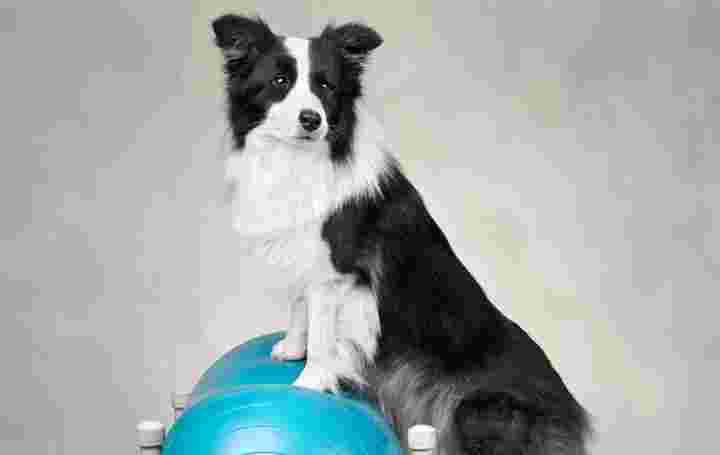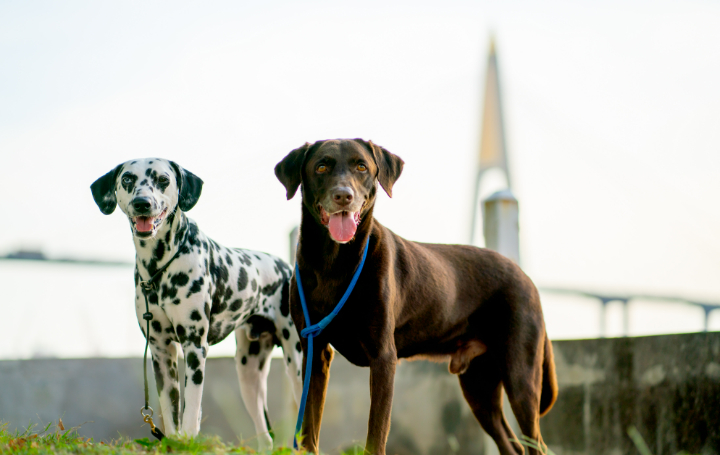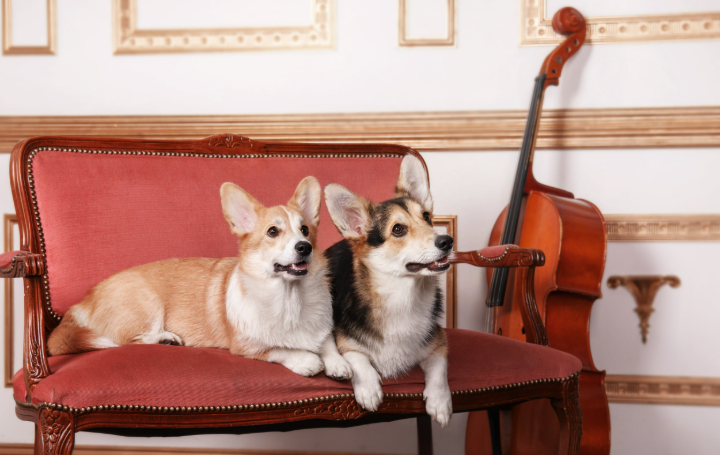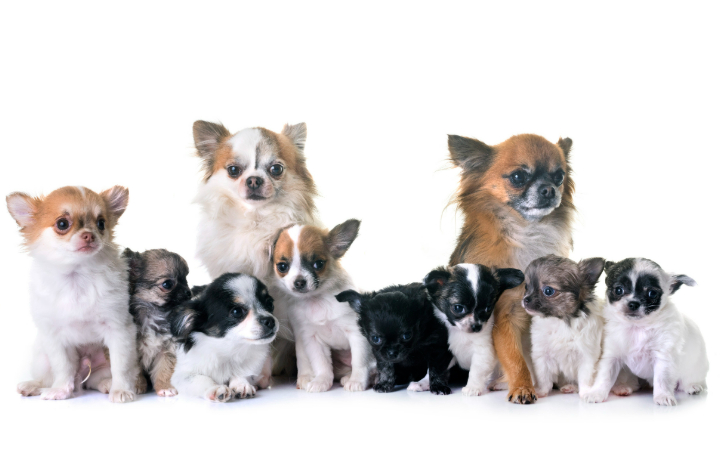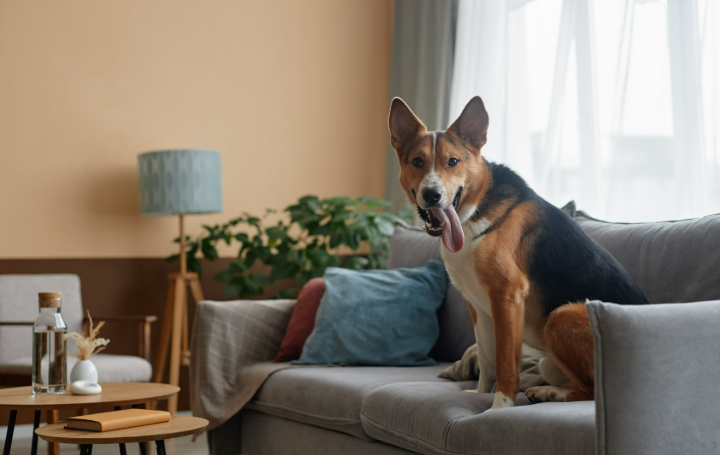The Role of Dogs in the Military: Canine Soldiers and Their Training
When you think of soldiers, you probably picture men and women in uniform. But did you know some of the most courageous members of the military walk on four legs and wag their tails? That’s right—dogs play a significant role in the armed forces, and their contributions are nothing short of extraordinary. Let’s dive into the fascinating world of military dogs, their training, and the incredible ways they serve alongside human soldiers.
A Brief History of Dogs in the Military
Dogs have been part of military operations for centuries. Ancient civilizations like the Egyptians, Greeks, and Romans used dogs in battle. They acted as guards, messengers, and even attackers. During World War I and World War II, dogs’ roles expanded further. They carried messages across dangerous battlefields, detected mines, and provided comfort to soldiers.
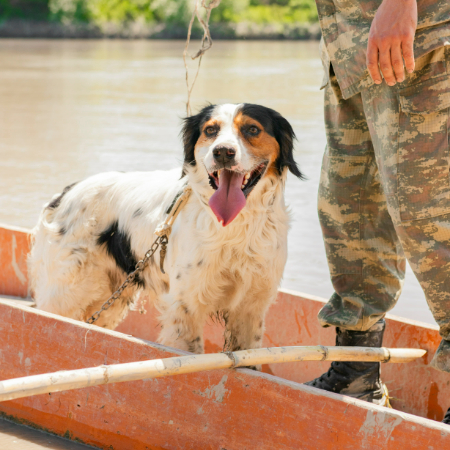
Today, military dogs, often referred to as K-9s (short for canine), are highly trained professionals. They specialize in tasks that even the most advanced technology can’t replicate. From sniffing out explosives to saving lives, these furry heroes are indispensable.
What Makes a Good Military Dog?
Not all dogs are cut out for military life. Breeds like German Shepherds, Belgian Malinois, Labrador Retrievers, and Dutch Shepherds are commonly chosen because of their intelligence, loyalty, and physical endurance. These dogs have sharp senses and an incredible work ethic. However, it’s not just about the breed; the dog’s personality matters too. Trainers look for dogs that are confident, focused, and eager to work.
The Training Process
Training a military dog is no walk in the park. It’s a rigorous process that can take months or even years. Here’s a glimpse into what their training involves:
Basic Obedience
Before learning any fancy skills, dogs must master the basics. Commands like “sit,” “stay,” and “heel” are crucial. Obedience lays the foundation for more advanced training.
Socialization
Military dogs must remain calm in chaotic environments. They’re exposed to loud noises, crowds, and unfamiliar settings to ensure they’re unshakable under pressure.
Specialized Skills
- Detection: Dogs have an extraordinary sense of smell. They can detect explosives, drugs, and even hidden weapons. Their noses are so sensitive that they can pick up scents at parts per trillion.
- Tracking: Military dogs are trained to track people, whether it’s a missing soldier or an enemy in hiding.
- Attack and Protection: Some dogs learn to apprehend enemies or protect their handlers in dangerous situations. They’re trained to bite on command but release immediately when instructed.
Bonding with Handlers
A military dog’s relationship with its handler is crucial. The handler and dog become a team, relying on each other in life-and-death situations. Building trust and understanding is an essential part of the training.
Incredible Roles of Military Dogs
Military dogs aren’t just good boys and girls; they’re lifesavers. Here are some of the ways they contribute:
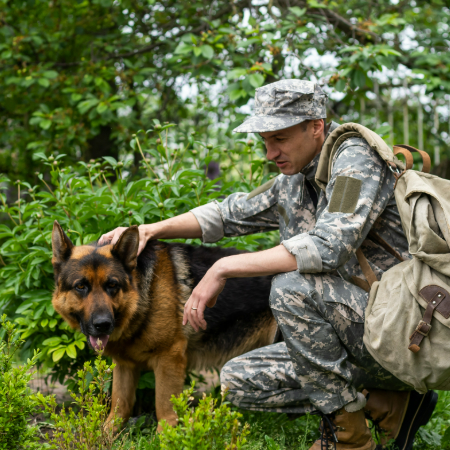
Bomb Detection: These dogs can locate explosives hidden in vehicles, buildings, or even underground. Their skills have saved countless lives.
Search and Rescue: After natural disasters or in combat zones, dogs help find survivors or recover fallen soldiers.
Patrolling and Guarding: Military dogs are excellent guards. They’re often stationed at bases, where they keep a watchful eye for intruders.
Therapy and Morale Boosters: Some dogs provide emotional support to soldiers, helping them cope with stress and anxiety. A wagging tail and a warm presence can work wonders in tough times.
Famous Military Dogs
Several military dogs have made history with their bravery. Here are a few standout heroes:
Stubby: A pit bull mix who served in World War I, Stubby was the first dog to be given the rank of sergeant. He warned soldiers of gas attacks and even captured a German spy!
Cairo: A Belgian Malinois who was part of the Navy SEAL team that raided Osama bin Laden’s compound in 2011. Cairo’s role was critical in ensuring the team’s safety.
Lucca: A German Shepherd-Belgian Malinois mix who served in Iraq and Afghanistan. She completed over 400 missions and saved countless lives by detecting explosives. Even after losing a leg in the line of duty, Lucca’s spirit remained unbroken.
Life After Service
What happens to military dogs when they retire? These loyal heroes often find loving homes with their handlers or other families.
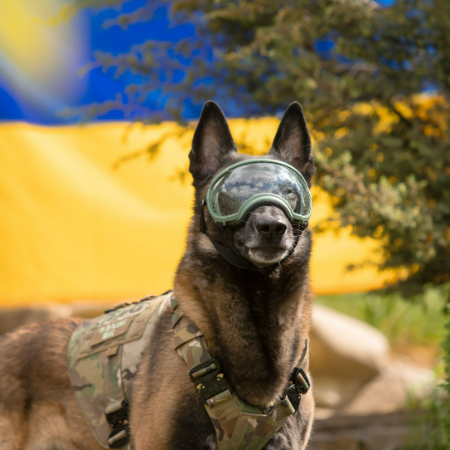
Organizations work to ensure they live comfortable, happy lives after their service. For many handlers, adopting their retired dog is a no-brainer. After all, they’ve been through thick and thin together.
Why We Love Them
Military dogs remind us that heroes come in all shapes and sizes. They’re fearless, loyal, and incredibly skilled. But beyond their impressive abilities, they’re also just dogs who love belly rubs and treats. Their stories inspire us and highlight the unique bond between humans and animals.
The next time you see a dog, take a moment to appreciate just how extraordinary these animals can be. Who knows? That friendly pup at the park might have a distant cousin serving on the front lines, making the world a safer place for all of us.
Doglime for more dog-related information.
Tags
